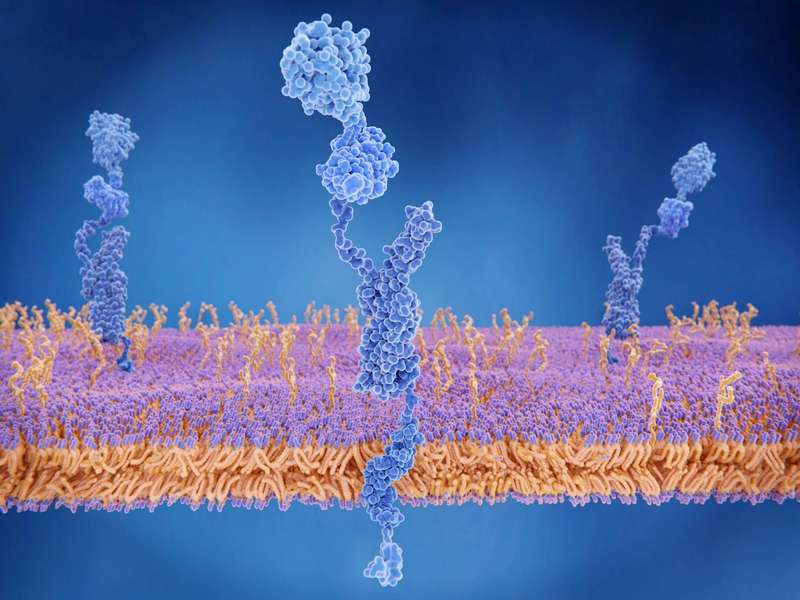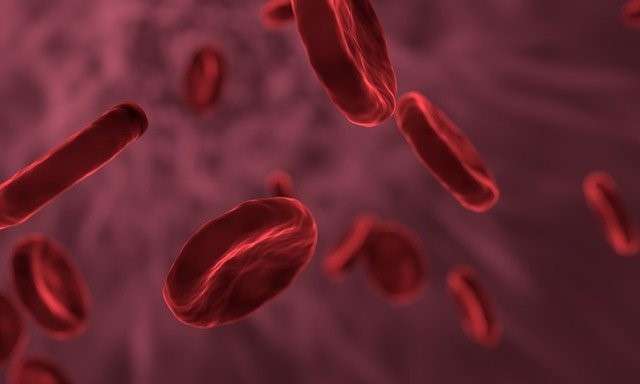You may have remembered your biology lecture, where your professor explains the need for the body for amino acids. Though you may have chosen another course and did not pursue biology in graduate school, the message is simple: One of the essential building blocks of life here on earth is an amino acid.

The general elements and key construction of the body are simple. You need to have oxygen, hydrogen, nitrogen, and carbon turned into amino acids to live. A single amino acid is very powerful, but if you link it into another one like that of a chain sequence, it will form an even more powerful peptide block.
The peptides send messages to the cells regarding operations and instructions. For example, the copper tripeptide is responsible for the healing of wounds and reducing inflammation. With all the other peptides that endlessly work to provide for the body’s needs, one stands out to the medical community, and this is the Pentadecapeptide BPC-157. You can know more studies about this on this link here.
This is commonly found in human gastric juice in the digestive system and serves its users with biohacks. It becomes a protective compound that’s capable of healing and delivering other benefits to the body.
Introduction to the BPC-157
BPC-157 means Body Protein Compound 157, and it contains a sequence and links of about 15 amino acids that form a single peptide. This is an intriguing compound because you can’t find it in nature. This is something that the body produces naturally, but it can’t be found in the outside environment. Many scientists classify this as “synthetic.”
So why is this causing a lot of stir? And how did someone classify some peptides that can be found in the gut and considered it as a protective compound?
To put things simply, studies have led people to believe that the right amount of BPC 157 dosage can perform incredible acts. If you want to know more about this, you can always buy BPC-157 for research purposes and learn more about its remarkable effects. Many believe that this serves as a brain booster or a nootropic with a performance-enhancing result. The studies also suggested the healing and therapeutic effects of this compound in the body.
Many scientists believe that it can positively impact lesions and gastric ulcers and heal them faster. It triggers some response to aid in the healing of tendons and ligaments, promote restoration of the muscles, bones, and more.
One of the many workings of this compound is to treat injuries in the soft tissues, including the tendons and skeletal muscles. The ability to recover quickly from debilitating wounds is one reason why the scientific community is so into this compound.
How BPC-157 Works in the Body

You may want to know how exactly the BPC-157 works in the body and what are the mechanisms involved? This makes sense when you know the phases involved after you experience an injury. Here are some of the things that you may want to know.
1. Inflammatory Phase
This is the first phase that the body goes through then there’s an injury. An example is that if you have a strained Achilles tendon, you may feel painful and sore afterward. The inflammation will begin to activate the body’s ability to have homeostasis to get everything back to normal.
The blood vessels will slowly constrict, and the platelets get ready to clot. The dilation of the blood vessels will allow the enzymes, antibodies, white blood cells, and other elements in the blood to stave off any invading bacteria and prevent infection.
This is when you may feel a lot of heat, swelling, pain, and redness. This phase can start from day 1 and can be up to day 5, depending on the injury.
2. Repair and Proliferation
After the initial symptoms are treated, the rebuilding of the tissue is beginning. Healthier cells go to the site of the wound, and this is the time when the blood vessels can receive supply through collagen. This allows the replacement of the damaged blood vessels in the wound.
In the case of the injured Achilles tendon, its structure usually consists of fibroblasts or elongated tendon cells, and this is where BPC-157 plays a role. After administering a vial, the granulation tissues can grow quickly with the fibroblasts on the site of the wound.
3. Remodeling
This is the step where your Achilles tendon is finally on the road to recovery. The wound has been mostly healed, but it’s still not back to its normal strength. It can take years before everything goes back to normal as long as you don’t injure it again.
During the phase of remodeling, the dermal tissues are enhanced and overhauled when it comes to their tensile strength. The functional fibroblasts are slowly replacing the non-functional ones.
For many people, the BPC-157 is taken in remodeling because it’s a risk-free opportunity to heal some tissues more quickly. The compound is produced by the body naturally, and it has great properties that need to be explored further. This is why so many scientists are beginning to see its benefits.
Some Issues with Using BPC-157
If you rely on scientific studies and published articles in medical journals, know that everyone in the medical community is not saying much. it’s the reason why it is hard to look for this compound in the market today.
Another thing that you need to know is that the peptides may perform poorly if you ingest them orally. Injections are more suitable options, and this should be done under strict orders from a doctor. This is a clinical treatment that is not for everyone, and you may want to get prescriptions first before ingesting BPC-157 in the first place.
As mentioned before, the BPC-157 is considered a synthetic type because it’s not naturally-occurring outside the body. What this means to many athletes is that they should consider this as a human growth factor that possesses regenerative properties and not as a normal supplement. Others get this for research purposes only, and it’s prohibited for consumption.

